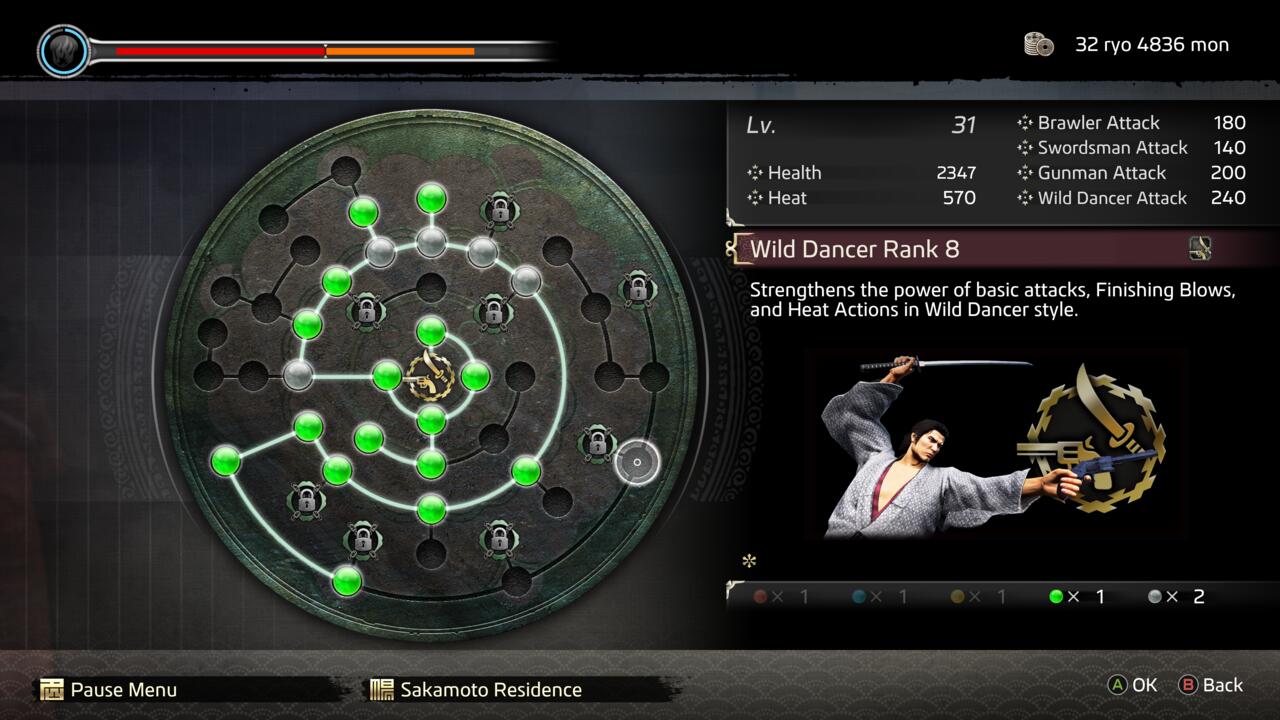While Like A Dragon: Ishin forgoes the usual setting of the Yakuza series, it does share the majority of its DNA with those games. In particular, it borrows from Yakuza 0, including its four fighting-style system, which allows you to switch between four distinct methods of fighting on the fly. While this allows a ton of flexibility in the way you approach combat, it also means you need to understand and balance four skill trees, along with relevant equipment and items. Here’s everything you need to know about combat in Like A Dragon: Ishin.
The four styles of combat
Like A Dragon: Ishin features four styles of combat: Brawler, Swordsman, Gunman, and Wild Dancer. The Brawler style focuses on unarmed hand-to-hand combat, while Gunman and Swordsman focus on the single weapon featured in their name. Lastly, Wild Dancer combines the use of a sword and a gun, creating a hybrid style of fighting. As for which of these fighting styles you should use, the combat in Like A Dragon: Ishin allows you enough flexibility that it primarily comes down to personal preference, although you will want to try and balance out your usage of each class. The reason for that is that XP and skill points are earned mostly on an individual basis for each class.
The four skill trees

Each fighting style has its own skill tree and its own skill points in the form of orbs. There is a fifth type of orb called the training orb, which is awarded as you level up overall. Each orb type can only be used in its specific skill tree, while the training orb can be used in any skill tree, letting you either over-level your preferred class or keep another up to speed. Training orbs can be swapped with class orbs from their skill slot, so feel free to use them early on. The reverse is not true, so any class orbs spent cannot be swapped out with training orbs. While most skills can be obtained as soon as you reach them in the tree, there are a few locked skills and paths in each class tree.
